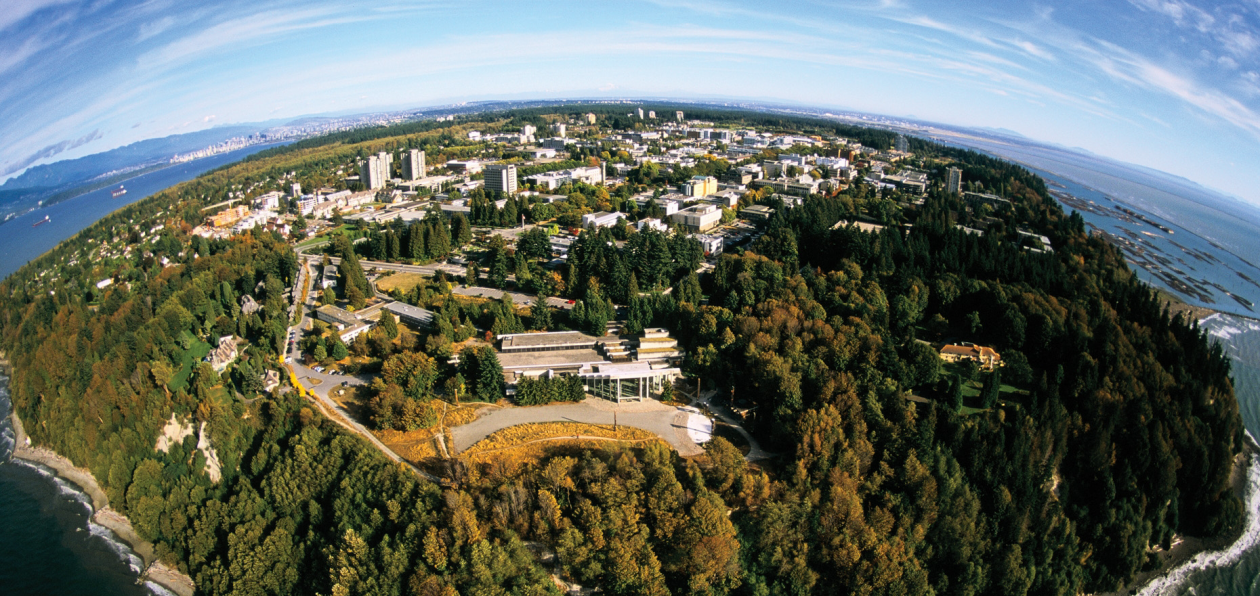This was my first “practice teach”, and I must say it was a great learning experience. The first thing that struck me was the energy that was generated just by being outside – we were blessed with beautiful sunshine, the fresh air was invigorating, and Meghan’s enthusiasm was contagious! Even though our class was nothing fancy – we didn’t go on a paddleboarding field trip, or go on a hike up at Grouse Mountain – merely being outdoors had a positive impact on our physical and mental well-being.
One thing that I learned from this group teach was the importance of clear, written communication. I can be a bit of an “organization freak”, and throughout the process of planning our lesson, I color coded and made charts to my heart’s content. Our group discussed all of the logistics and felt ready to go. After the lesson however, Steve pointed something out that none of us realized – even though we had discussed and expressed everything in our group teach, not everything was documented in our lesson plan. We did not realize the importance of written communication – if “something” is not written down, those who were not part of our discussions would never know that that “something” ever existed. What if, as a future educator, I was sick and couldn’t deliver the lesson I had planned? What if I did not write my lesson plan clearly, resulting in making the life of my TOC extremely difficult? What if I did not outline the safety precautions properly on the field trip forms, and a student got hurt as a result? As professionals, we must remember that we are being held accountable for all of our actions, so we have to act as diligently and responsibly as we can!
Lastly, I want to take this time to thank the class for all of your enthusiasm and participation! Without it, our lesson would never have been able to take form. Thanks for giving us such a wonderful learning experience : )
